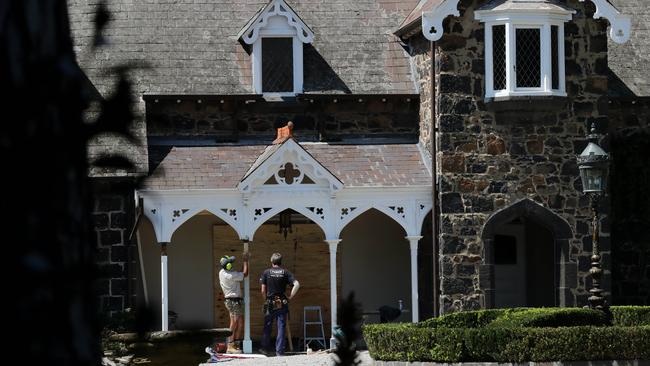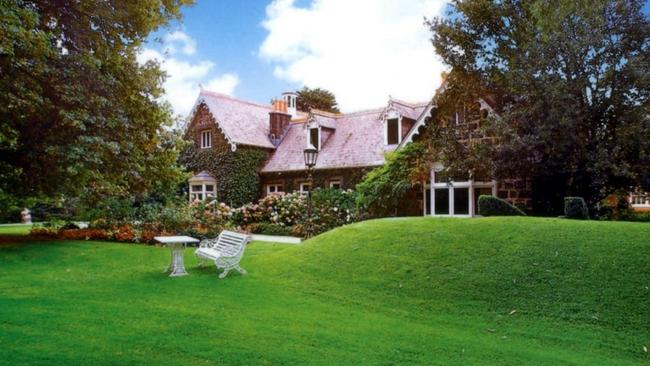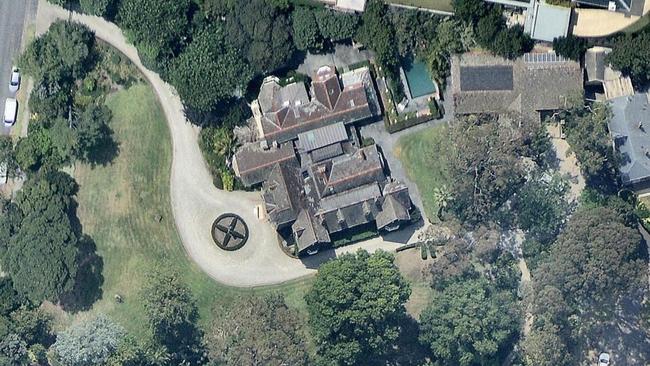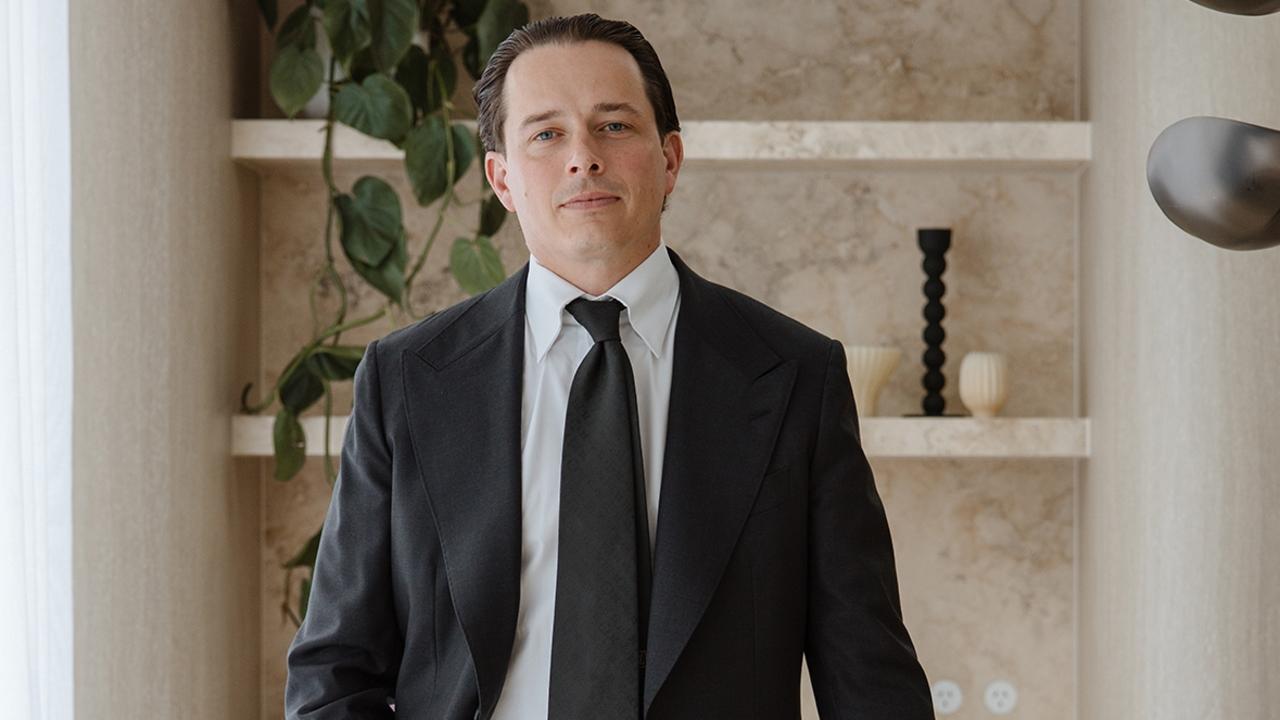Heritage stamp of approval for Ahmed Fahour’s $5m reno
Soon-to-be ex-chief postie Ahmed Fahour has embarked on a big post-resignation project, a multi-million-dollar mansion renovation.

The soon-to-be ex-chief postie Ahmed Fahour has embarked on his biggest post-resignation project, a multi-million-dollar renovation of his Melbourne mansion that will include demolishing the swimming pool and replacing it with a new one.
The outgoing Australia Post chief executive resigned last month with a generous retirement package after seven years at the helm and amid a political row over his $5.6 million pay.
He has moved his family to a rented four-bedroom, two-bathroom Toorak home while the Hawthorn mansion and stables Mr Fahour purchased for $22m in 2013 undergoes a two-year renovation.
Mr Fahour has hired Melbourne architect Ed Glenn of Powell & Glenn and heritage consultant Bryce Raworth and is understood to have worked with both parties for the past two years to plan the extensive renovation.

Mr Fahour will not touch the heritage side of the property, known as Invergowrie, but he plans major updates to the back of the house, which was added in the 1990s.
He will demolish the hall and garage as well as the pool, according to the Victorian Heritage Council, replacing them with new residential additions, basement parking and a new pool.
Mr Fahour has received full permission from the Heritage Council to complete the works, which are planned in two stages.
The first stage, costed at $200,000, has commenced and involves tree removal estimated at $2000, restoring the gardens, the addition of several water tanks and general maintenance.
The second stage entails the bulk of the building works, and the complete renovation is expected to cost at least $5m.
The sprawling Hawthorn property was built in 1846 for James Palmer, the first Speaker of the Victorian Legislative Council.

Mr Fahour will be entitled to a lump sum of $4.3m when he turns 60 under an Australia Post retirement scheme. During his time at Australia Post, he was paid $23m.
The 50-year-old defended his $5.6m pay package during a press conference to announce his resignation last week. “It’s no different to any other investment decision you make, whether you’re a sporting star like LeBron James of (the Cleveland) Cavaliers,” he said.
“He gets paid $100m, or whatever he gets. How do we judge whether that’s right or wrong?”
Australia Post chairman John Stanhope conceded that community expectations about executive remuneration had changed since Mr Fahour’s appointment in 2010.
“I don’t think there is any likelihood that the future CEO of this company will be paid the same amount of money,” he said last week.
Mr Fahour will stay on until July, when a successor is appointed. After leaving Australia Post, he plans to take a one-year sabbatical from corporate life.
He is expected to concentrate on the renovation and his various directorships, before returning to business in 2018.
Prestige Melbourne agents said the sprawling Coppin Grove mansion on 1.11ha was in need of renovation, given it had not been touched for many decades.
The Heritage Council of Victoria said Invergowrie was an unusual example of an early Victorian residence in the picturesque Gothic style, and was of historic and architectural significance to the state because of its association with notable owners and because of its ability to illustrate the social and cultural values aspired to by Melbourne’s elite.
Melbourne’s Boroondara City Council declined to release the plans for the renovation, citing privacy issues. Neighbours in Coppin Grove and Shakespeare Grove to the rear of the estate declined to comment.
Mr Fahour, a former National Australia Bank executive, bought Invergowrie from Globe International co-founder Peter Hill.
The Heritage Council said all works must cease if historical archeological artefacts are discovered during the excavation.
“Should any munitions or other potentially explosive artefacts be discovered, Victoria Police is to be immediately alerted while the site is cleared of all personnel.”
Additional reporting: Elizabeth Redman


